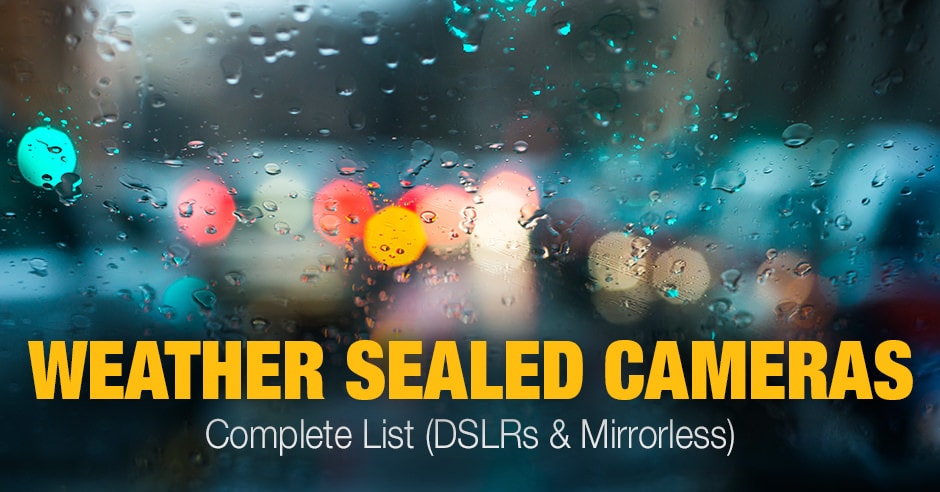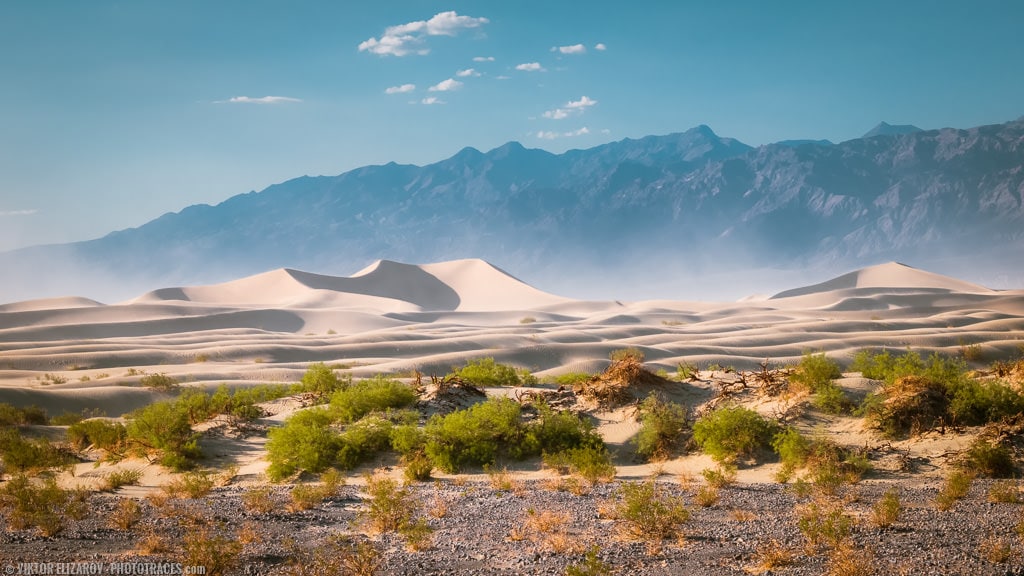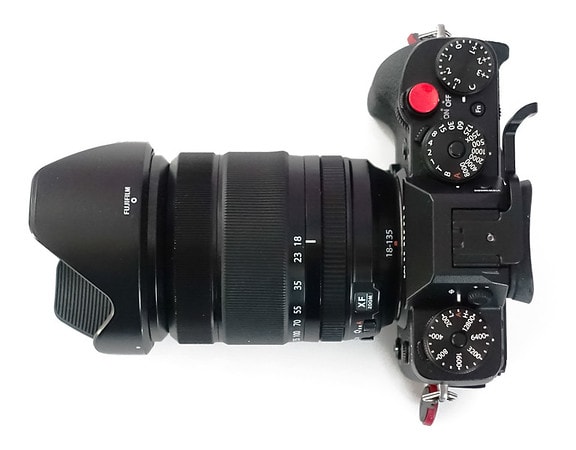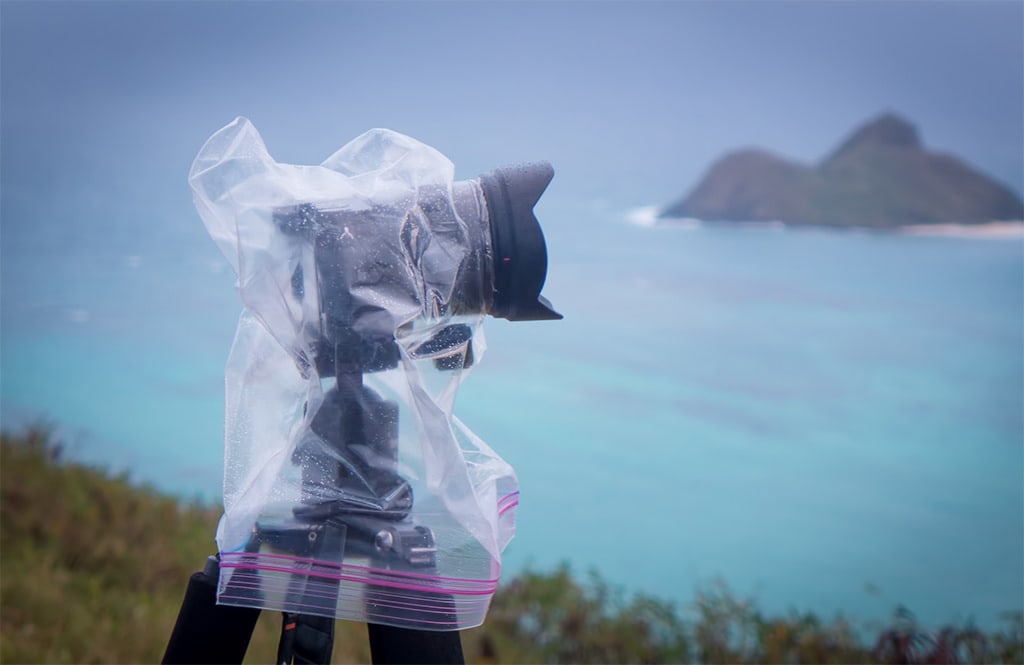Have you given any thought to a weather sealed cameras for outdoor photography? Weatherized bodies used to be purely high-end features for photographers. However, even consumer models sometimes come with weatherization nowadays. That way, dust, rain, freezing temperatures, and moisture need not spoil your photo plans.

But is all weatherization created equal? And what brands have the best weather sealed cameras?
What is Weather Sealing?
Modern weather sealed interchangeable lens cameras usually provide the following measures to minimize the entry of splashes of water, dust, and moisture:
- Rubberized seals, buttons, and dials.
- Rubber gaskets around either a weatherized lens and/or the camera lens mount itself.
- Magnesium alloy construction (higher end models) for further resistance and stiffness.
- Freeze-proof design, usually down to -10C.
Weather Sealing Does NOT mean Waterproof!
Manufacturers do their best to cover all bases in a cost-effective manner but rain and dust can come from any direction. Weather sealing means the camera can take splashes of water – it does not mean the camera can be submerged for any length of time! Despite the torture tests you might find on Youtube, only trust a waterproof camera with full submersion.
Splash resistance is also usually optimized to resist water falling from above. Splashes of water from below or behind can sometimes have a greater chance of penetrating further.
Related: How to Select the Best Waterproof Camera
There’s always a small element of chance involved when taking any camera out into the elements. Swapping lenses is especially dangerous in poor conditions because no amount of weather sealing will make a difference when the sensor is completely exposed to dust and moisture.
Weather Sealing Does Not Prevent Condensation
The only way to prevent condensation would be to fill the camera entirely with dry air and then seal it permanently. Since you’ll be constantly swapping lenses and exposing the interior to air, moist air can easily find its way inside. If you then move to a much warmer or cooler environment too quickly, you’ll see condensation develop inside. And depending on the amount, it can have a negative impact on your camera, weather sealed or not!
Related: Types of digital cameras used in photography

Not All Weather Sealed Cameras Created Equally
Camera manufacturers can sometimes be a bit coy when describing precisely what they mean by “weather sealed.” Even though their advertisements clearly show cameras being soaked in mountain streams, if you manage to do the same and your camera fails, the warranty just might have been voided!
Related: Best Cameras for Hiking and Backpacking
Move past the hype and read carefully how the manufacturer describes weather sealing. Of all the major mirrorless manufacturers, Olympus, Fujifilm, and Panasonic are consistently rated as some of the toughest weatherized cameras on the market. While Fujifilm’s performance is top of the line, they hedge in their descriptions a bit compared to Micro 4/3rds.
Olympus describes the OM-D E-M5 Mark II as “sealed for splashproof, dustproof and freezeproof protection.” Panasonic describes their rugged G9 similarly, with further clarification:
“Splash Proof is a term used to describe an extra level of protection. This camera offers protection against exposure to a minimal amount of moisture, water or dust. Splash Proof does not guarantee that damage will not occur if this camera is subjected to direct contact with water.”
Fujifilm’s X-T2 is described as:
“weather-sealed in 63 points to achieve a high level of resistance to dust and moisture. Couple this with its ability to work in temperatures down to -10°C and you’ll see the camera is ready for anything.
When reading user reviews and commentary, Sony lags behind the rest. Despite making some of the best mirrorless cameras on the market, Sony weather sealing is more basic in design. It’s better to think of Sony bodies as having an added layer of insurance but not something you want to stress-test. As described in the product description of the A7R III:
“All major buttons and dials are sealed to minimize entry of dust and moisture, ensuring reliable function in tough shooting conditions.”
In short: their design does minimize the impact of dust and moisture but avoids any sort of “proof” wording.

Do I Absolutely Need a Weather Sealed Camera?
This depends entirely on you. Are you outdoors regularly, in inclement weather, as a travel, nature, or landscape photographer? Do you spend hours on hikes or travels where you might get caught in an unplanned downpour?

Weather sealing is fantastic backup insurance but it’s not necessary for the majority of photographers. It’s also far more effective at preventing dust buildup than moisture, which means less maintenance and wear on your camera body. Weather sealing plus self-cleaning sensors are a winning combination for any photographer!
Related: Understanding Different Parts of a Camera
Even for the odd time where you do need weather sealing, there are easy solutions. If you don’t mind looking poor, the humble plastic Ziplock bag more than does the trick! A large Ziplock bag wrapped around your camera with a hole in the bottom for the lens will work for everything but a monsoon!

But, if you’d prefer not to take the Ziploc approach, here are some weather sealed cameras worth a look!
Canon Weather Sealed Cameras
Weather sealed Canon cameras come in both DSLR and mirrorless flavors. Here is the list of Canon weather sealed cameras:
Full Frame DSLRs
Mirrorless Weather Sealed Cameras
Crop Sensor (APS-C) DSLRs
Nikon Weather Sealed Cameras
Weather sealed Nikon cameras, like Canon, also have DSLR and mirrorless versions:
Full Frame DSLRs
Mirrorless Weather Sealed Cameras
Crop Sensor (APS-C) DSLRs
Sony Weather Sealed Cameras
Weather sealed Sony cameras are, unfortunately, some of the least trustworthy in the elements. Still, you’ll want to have a look at the following full frame and APS-C models:
Full Frame Mirrorless Weather Sealed Cameras
Full Frame DSLRs
Crop Sensor (APS-C) Mirrorless Cameras
Fujifilm Weather Sealed Cameras
Weather sealed Fujifilm cameras are durable, reliable in the elements, and compact:
Crop Sensor (APS-C) Mirrorless Cameras
Medium Format Mirrorless Cameras
Olympus Weather Sealed Cameras
Weather sealed Olympus cameras are proably the best you’ll find in the mirrorless world:
Crop Sensor (Four Thirds) Mirrorless Cameras
Panasonic Weather Sealed Cameras
Weather sealed Panasonic cameras are nearly as bulletproof as Olympus cameras:
Crop Sensor (Four Thirds) Mirrorless Cameras
Full Frame Mirrorless Cameras
Pentax Weather Sealed Cameras
Weather sealed Pentax cameras arguably have the one of the best weather sealing in entire industry:
Conclusion
Weather sealed cameras are a handy tool for the professional photographer. Depending on the camera brand, they provide everything from full dust, moisture, and splash-resistance to a layer of extra protection, should the elements turn against you. While weather sealing is useful for most outdoor photographers, think carefully about whether you absolutely need a weatherized model.
And if so, remember that weather sealed is not waterproof!

